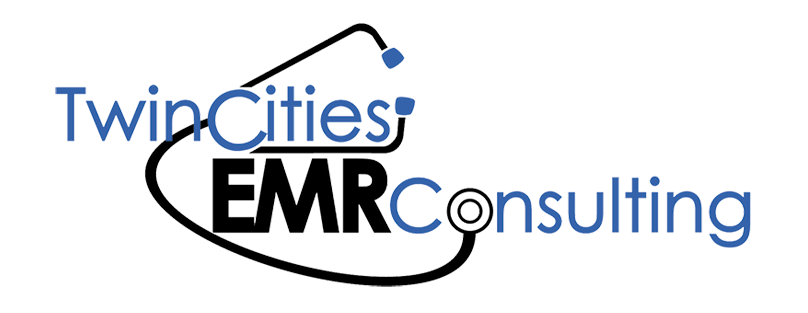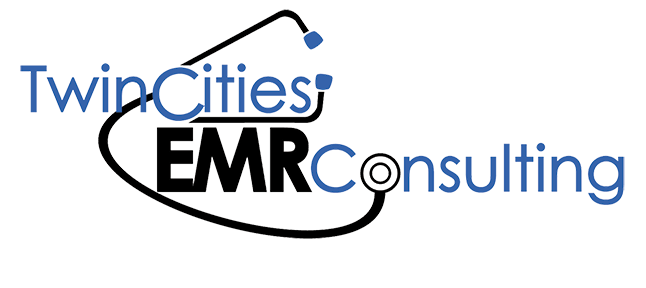When documenting a patient encounter, it is essential to record the “nuance” of that particular patient’s history, your findings, and the care that you provided. Every patient is unique, and the “click notes” functionality in today’s EHRs is simply not capable of recording that kind of detail. You don’t want the last 10 headache patients to all sound the same, right?
Creating “generic” notes can compromise patient care provided by us and others. The only way to capture the subtleties for each patient is to add specific text in addition to clicking. This can be done via keyboard or speech recognition software. Typing (no matter how fast you are) is a terrible waste of your time, talents, and efficiency. With the increasing pressures to do more in less time, we also tend to cut corners, decreasing the quality of our documentation.
When using speech recognition software, there are a number of ways to be most efficient:
- Speak in complete sentences, with punctuation. The software looks at the medical context of each sentence & will therefore be more accurate.
- Enunciate a bit more than what you are used to when speaking to another person. Fusion Narrate does very well with multiple-syllable medical terms. All MSRT software will have challenges with one-syllable common words that sound alike if you don’t enunciate them (and/an, he/she, is/his, then/than).
- Use Shortcuts (macros) to insert chunks of repetitive text into your notes instead of dictating the same things repeatedly for each patient. This functionality works best for standard physical exams, review of systems, procedures, and patient education sections of the notes which can tend to be repetitive. The inserted text can then be easily modified by voice for any variations related to a specific patient.
- Schedule an “experienced user class” so you can learn (and re-learn) techniques for using the software most efficiently. These are done remotely, one-on-one, and customized to your current skills and future goals, lasting .5-1 hours per session. Our clients almost always experience an ”Ah-Ha Moment” in the first few minutes of these sessions. Just as you attend regular CME sessions to keep your medical skills up to date, you should consider sharpening your medical speech recognition skills at least once a year.

